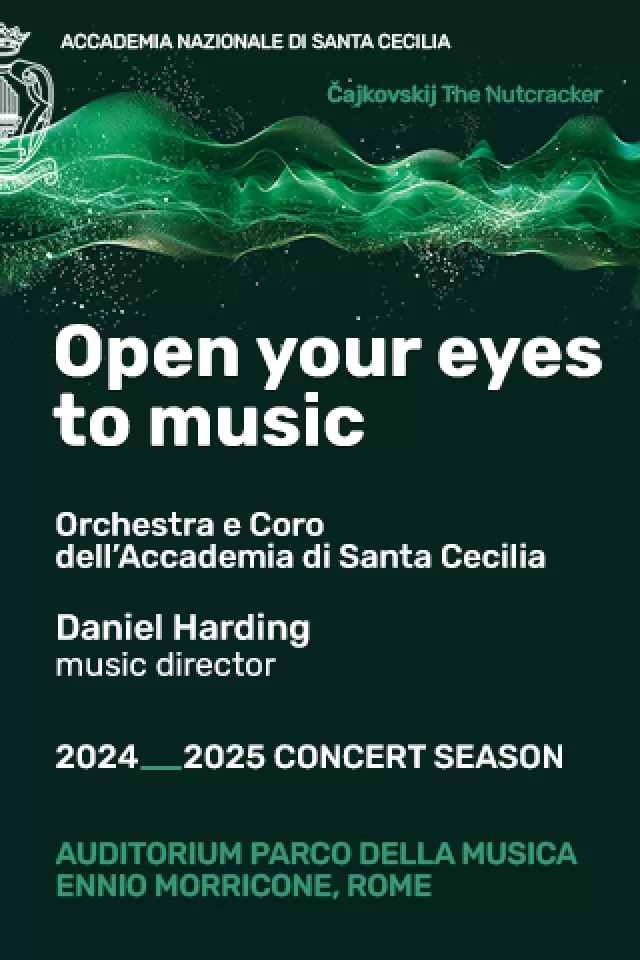Ancient travertine makes a comeback.
Its like a cheese cutter, isnt it? The two stone cutters laughed and nodded. In the middle-distance, silhouetted against a blue April sky, the town of Tivoli was tumbling over its hill. Around us, down on the plain in Bagni di Tivoli, the air was sickly with the rotten-egg smell of sulphur fumes coming from the springs that fed the nearby health spa.
Dangling from a colossal, yellow, bridge-crane was a massive chunk of rock. It was being slowly and silently sliced by the wire blade of a giant fret-saw bathed in cooling squirts of water.
How long is it going to take to get through that lot?
Not long. This is a tender specimen so itll take only 20-30 minutes, said the man at the controls. Were cutting off slabs of a square metre, 10 cm thick. They weigh about 25 kilos each.
Wheres that slab going to?
To some building in Germany.
The object of the blades attention was a bulky sample of Roman travertine, the cream-coloured limestone that has forever clad the city of Rome, from the Republican era, when they knew it as lapis tiburtinus, until today. Travertine, riddled with its characteristic pin-prick holes, was the resplendent cloak of the Colosseum, before vandalistic popes ripped it off. It is the stuff that went into much of St Peters basilica and other Roman churches face-lifted during the baroque period. It is the very essence of that fantastic baroque extravaganza, the Trevi fountain. It has provided Stazione Termini with its majestic apparel and, for instance, the new Auditorium-Parco della Musica with the material for its outdoor amphitheatre.
Fifty metres away from the cheese cutter was what looked like a long engine shed, where slabs of travertine were being polished in a kind of car-wash, a coffin structure with wobbling nozzles attached to its lid. They were being given their shine almost on the brink of the quarry itself, a yawning, deep cavity with sheer, smooth walls. It was like looking down into the naked hull of a huge liner still in the shipyard.
We were in the precincts of CIMEP, one of the biggest of some 30 quarries now being worked in Bagni di Tivoli Guidonia area, which is the biggest single basin of travertine in the world. The statistics are staggering. The quarries range from 10 to 36 m. deep and cover a massive 45 sq km, producing over a million tons a year. They satisfy 80 per cent of world demand and employ some 700 people, spawning 1,500 offshoot firms as well.
The boss of CIMEP is Federico Conversi, a young Roman graduate whose great grandfather started off the familys quarrying activity.
The best travertine comes from over there, off the Tiburtina, explained Conversi, but the deposits there are beginning to run out and some quarries have already closed down. Were further away so the quality is only good to medium. We reckon we can survive for another 50 years but some layers turn out to be flaky and we have to abandon them.
During the post-war building spree in Rome, we served Rome almost exclusively. Our travertine went into the old Olympic Stadium and other public buildings. And how many staircases in the thousands of condomini in Rome now wear it? But nowadays our main market is abroad. We sell mostly to Germany, Spain and Venezuela and more recently to Lebanon and Australia.
In that, CIMEP is in line with all the other quarries in the Tivoli basin, which now export 75 per cent of their output, the lions share being gobbled up by America. CIMEP itself, for instance, supplied the facing for the Gateway Building in Chicago, and in 2000 for the building of the German foreign ministry in Berlin.
What is it that attracts customers to travertine? Nearly all of them choose it for its light colouring and its look of smart freshness it can lend to buildings. And, of course, it costs rather less than classical marble, going, Id say, for around 20 a square metre.
By classical marble, Conversi means limestone in what the experts call a crystalline state, such as granite and porphyry, produced under great geological heat and pressure. Travertine had a less cataclysmic birth, patiently accreted from the drip-drip-dripping of calcium carbonate in an area once under a sea.
As they became ever richer, the ancient Romans began to spurn the softness of travertine, turning instead to its upmarket classical sister, famous for hardness, durability and a dazzling effect. It was soon the symbol of the longevity and splendour of the Roman empire, being shipped to Rome, at huge cost and risk, from Egypt, Tunisia and Asia Minor in specially-built craft, in spite of which much of it ended up on seabeds. There was also, apparently, a craze among rich Romans at the time for exotic-coloured marble; Nero was said to have included a different colour marble for each of the empires provinces in a statue of himself.
But who could afford such profligacy today? No wonder modest travertine is getting its revenge.


















